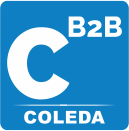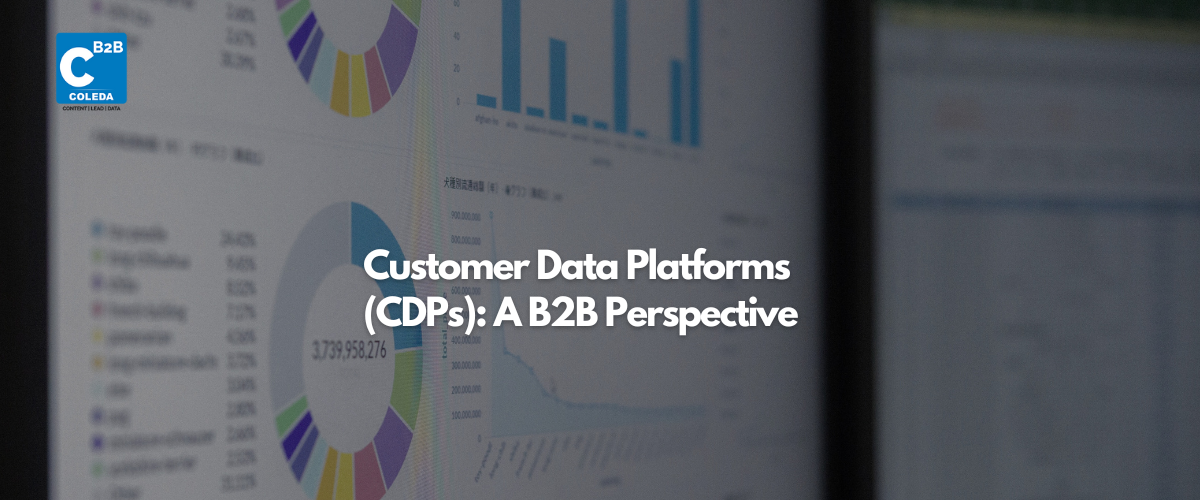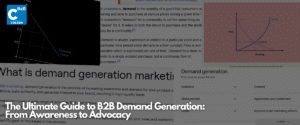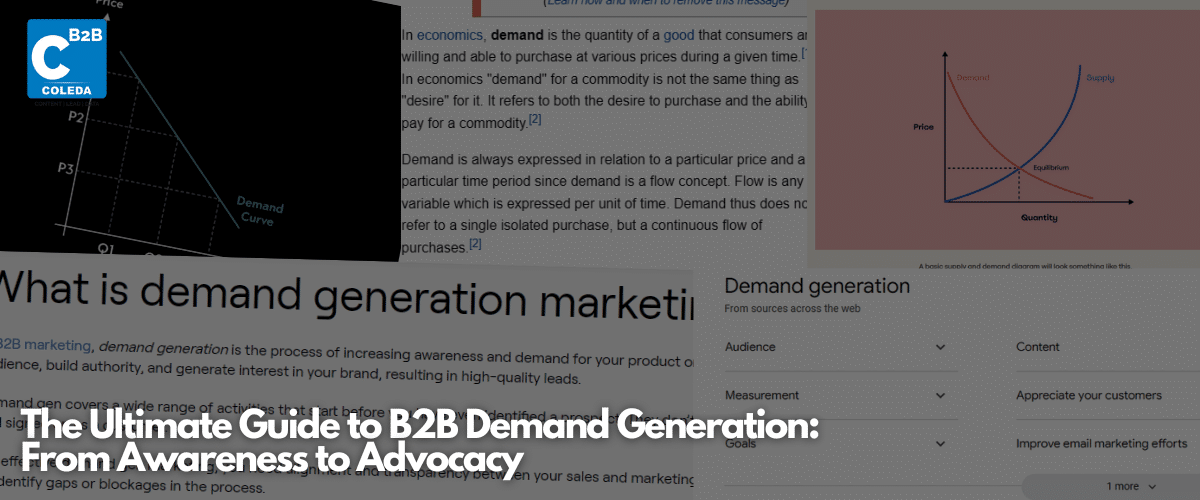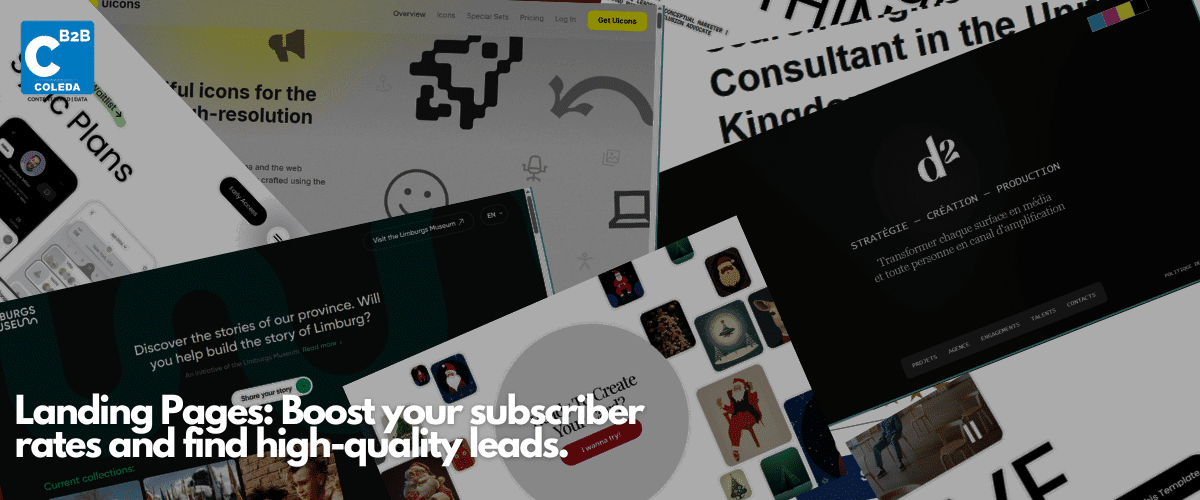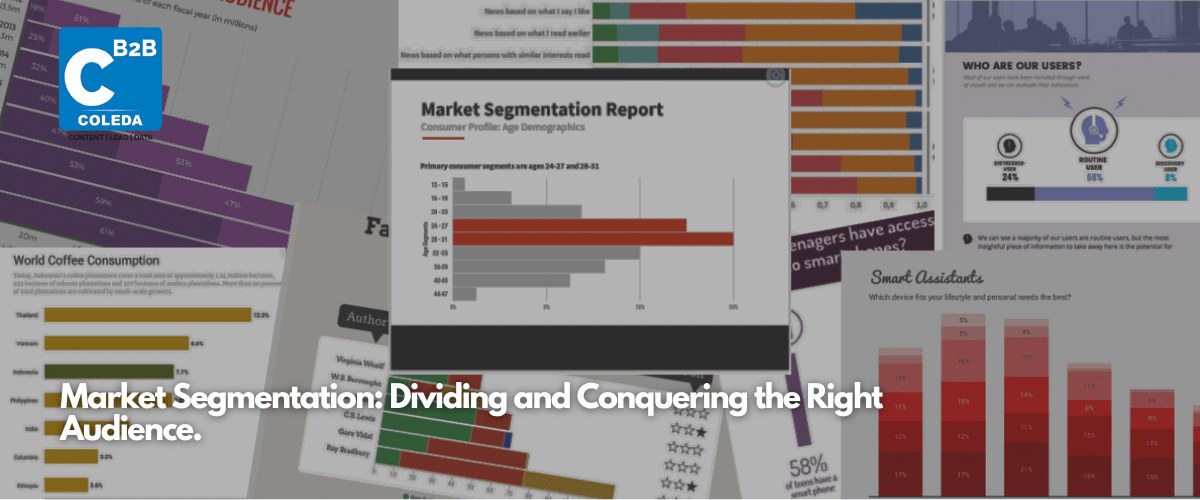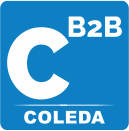When we think of our customers, we think of communication. A brand, a message, an experience. We wish to understand and be understood by our audiences and users.
This is especially true in a B2B environment where the sales cycles and the touchpoints are technical and sensitive. As marketers, our clients must understand that we know their pain points and have solutions to offer.
Whether lead generation or creating an experience for our users, having a database that helps us hone in and craft the perfect journey for them is essential.
That is where CDPs come in, a powerful tool that eliminates the use of third-party data. No longer will your marketing efforts be tied down to unreliable and, in some cases, unethical data collection. With CDPs, you will create and curate data from your user base. Helping you find prospects and create a high-quality experience for your existing user base.
CDP: The unification of customer data
What is CDP (Customer Data Platforms)?
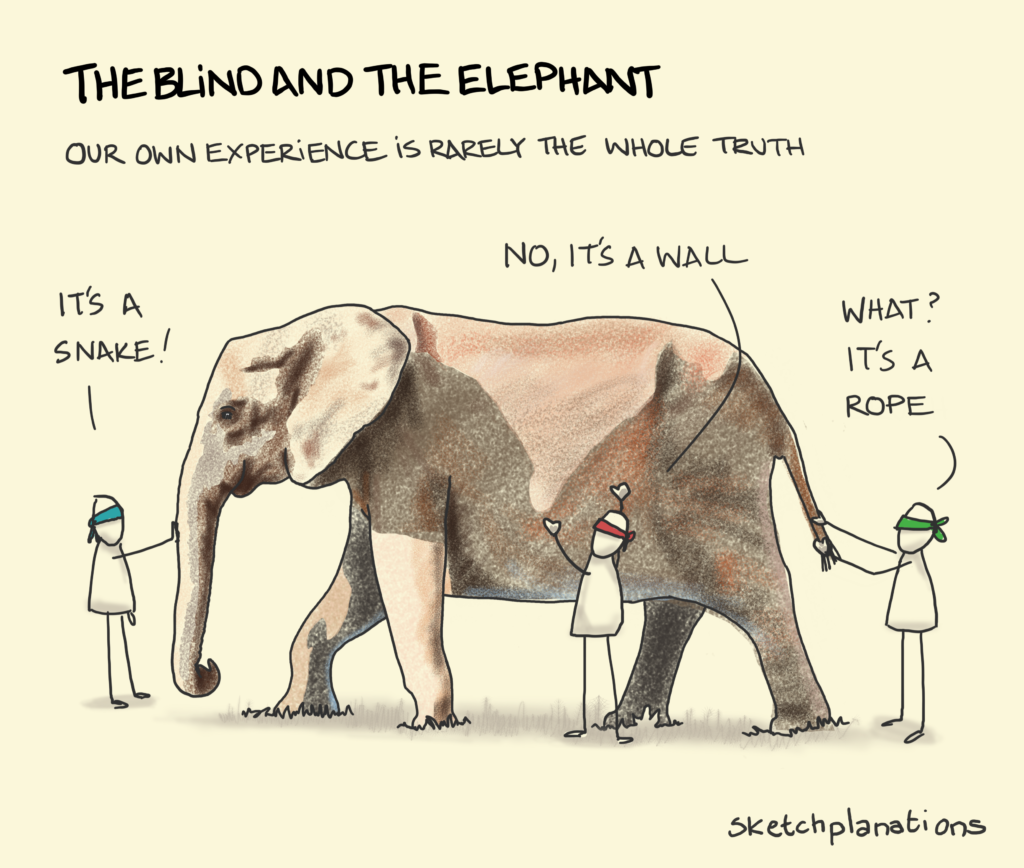
As a marketer and a creative decision-maker, you must have pondered many strategies. How do you cater to your audience? You need to create the ideal customer experience for your user base/audience. You have your data, the numbers, and maybe even your creative biases.
The personas and marketing segments you have created are not working. Because you cannot look at the big picture. These bits and pieces of valuable information are not helping you make informed decisions about your audience.
The CDP is developed to turn audience/user data from marketing and other channels into a unified view. The unification of data helps you to identify and create customer profiles based on unique user interactions with your channels.
It gathers:
1. Behavioral data
2. Transactional data
3. Demographic data
The CDP then combines this data to create specific customer profiles to share with your tools. This can be your E-mail marketing tool for your CRM software.
Essentially, these are the tools used to reach the customer.
Benefits of CDPs
In this increased landscape of personalized marketing and campaigns where ABM tactics reign supreme, having unique customer data might make or break your business and reach. Adding CDPs to your toolbox is a great strategy and necessary strategy.
Why not go through some specific benefits?
1. Predictive Behavior
Using Machine Learning and AI, CDPs— after creating user data, anticipate their behavior and patterns, helping you immensely. It could be the difference between converting an MQL into an SQL
2. Robust Data
Since you are not dealing with third-party data, your data will be robust and reliable. The data your CDP software collects and collates will be unique to your user segment. This will help you tailor your content to specific accounts or specific decision-makers. Making them feel important and well-taken care of.
3. Analysis of your user behavior
A crucial aspect of the CDP is the analysis of your user behavior.
- What are they hesitant about?
- Where are they on their journey?
- What do they want?
- What are their likes?
- What are they buying?
Once you have the analysis above, you can generate content, price your products, decide whether to send them an automated mail or not, and more based on the specific needs of your users, giving them what they need right at their fingertips.
It is a transformative experience. As a user, they feel valued, and as a marketer, you have solved problems plaguing your audience.
4. Real-time updates
As your user increasingly interacts with your products, websites, e-mails, and channels. Your tool will begin to collect data in real time. With time, you will gain clarity on how an individual behaves with your company, helping you tailor content and marketing efforts for that particular individual account.
The Omnichannel experience: Strategic unification
You are here to revolutionize your marketing efforts. Personalization is key. And what best but giving your user an omnichannel experience?
CDPs and omnichannel marketing go hand-in-hand. You can orchestrate a unique user journey so that they will ask you for more and stay connected and loyal to you.
How?
According to McKinsey & Co., buyers are not asking for personalization but demanding it. And the same goes for B2B consumers. The decision-makers need to know you are interested in solving their problems. They have to know you listen.
A CDP will help you identify their problems and behaviors. Subsequently, with this, you can create personalized e-mail campaigns that seamlessly connect to a landing page. Particularly, you can send them personalized alerts and set up a customer service experience unique to an individual account.
A Customer Data Platform will help you take every single bit of user data and transform it into actionable and seamless insight— all of this happens in real time.
Imagine the difference it would make for your marketing efforts.
Integration of CDP in your MarTech Stack
By now, you must have understood that Customer Data Platforms analyze, store, and unify data. It is important to realize that it is an ongoing process.
While your MarTech stack is a dynamic place, you can have your CDP be its firm foundation — an unshakable way of identifying your audience. Hence, for your existing stack, you must first choose a CDP tool that works the best. As a result, it will work seamlessly and in harmony with your other tools.
Which CDP software do I choose?
According to a comprehensive report from Gartner, choosing a CDP depends heavily on what you are looking for.
In Summary,
1. Salesforce
2. Tealium
3. Treasure Data
4. Adobe
5. Twilio Segment
6.ActionIQ
7. Amperity
8. Oracle
These eight selections are the market leaders in their CDP endeavors and worth looking out for. They have a list of CDPs that won their magic quadrant, each with pros and cons.
Of course, once you go through them, you will undeniably understand your own needs. Furthermore, comparing with your current MarTech stack will help identify the best tool for you.
The future of data: A perspective
For years, we have known that data has become the cornerstone of our era. It drives sales and helps us understand our users/audiences. It helps generate leads and convert those leads into customers — hopefully for the long term.
This raises the ethical question: How do we manage data safely?
CDP seems to be the answer. It takes data from your users, given to you through consent, with the understanding that you will use this information as a valuable tool. As third-party data seems on the verge of extinction, updating your MarTech to include these data platforms seems like a no-brainer.
The Takeaway
CDPs are growing continuously. As the rise of ABM increases so will the need for highly personalized and ethical data, which will significantly help marketers understand the needs and anticipate the behavior of their users in real time.
Customer Data Platforms hopes to usher in an era of audience experience unique to each account or decision maker. As a result, helping them feel listened to.
